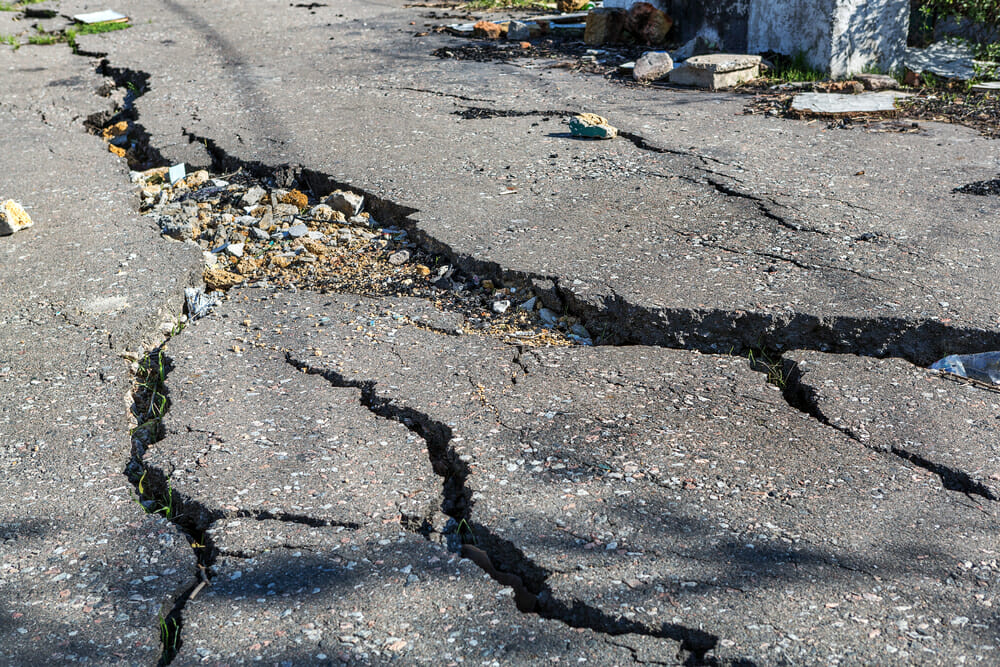Am I Liable for My Parking Lot Safety?
As a commercial property owner, you have a responsibility to maintain a safe environment for your employees, customers, and visitors. This responsibility extends to your parking lot. Failing to address hazards like cracks, potholes, or uneven surfaces can lead to slip-and-fall accidents, resulting in injuries and potential legal liability. This guide will explore the importance of parking lot safety, the risks associated with neglected asphalt, and proactive steps you can take to minimize liability and create a safe environment for everyone.
Understanding Your Legal Parking Lot Safety Obligations
Property owners have a legal duty to keep their premises reasonably safe and warn visitors of any potential dangers. This duty of care includes parking lots, sidewalks, and entryways. To fulfill this obligation, you must:
- Regularly inspect your property: Conduct routine inspections to identify hazards like cracks, potholes, uneven surfaces, and inadequate lighting.
- Address hazards promptly: Repair or replace damaged asphalt, provide adequate lighting, and take steps to mitigate risks like ice or snow accumulation.
- Warn visitors of potential dangers: Use signage to alert visitors to any hazards that may not be immediately obvious.
Failing to meet these obligations can be considered negligence and may result in legal liability if someone is injured on your property.

Common Causes of Parking Lot Injuries
Several factors can contribute to accidents and injuries in parking lots:
- Cracks and Potholes: These can cause tripping hazards or damage to vehicles.
- Uneven Surfaces: Changes in elevation or uneven pavement can lead to trips and falls.
- Poor Lighting: Inadequate lighting can obscure hazards and make it difficult to navigate the parking lot safely.
- Ice and Snow: Slippery surfaces increase the risk of slips and falls.
- Debris and Obstacles: Clutter, debris, or poorly placed objects can create tripping hazards.
- Inadequate Signage: Lack of clear signage can lead to confusion and accidents.
The Cost of Poor Parking Lot Safety
If someone is injured on your property due to a hazardous condition, you could be held liable for their damages. These damages can include:
- Medical expenses: Costs associated with medical treatment, rehabilitation, and ongoing care.
- Lost wages: Compensation for lost income due to the injury.
- Pain and suffering: Damages for the physical and emotional pain caused by the injury.
- Legal fees: Costs associated with defending a lawsuit.
In addition to the financial costs, a parking lot accident can also damage your business’s reputation and lead to negative publicity.
Preventing Parking Lot Injuries: Proactive Steps for Property Owners
The best way to prevent parking lot injuries is to prioritize parking lot safety and take proactive steps to maintain your asphalt surfaces:
1. Regular Inspections and Maintenance:
- Schedule routine inspections: Conduct thorough inspections of your parking lot at least once a month, or more frequently during periods of heavy use or inclement weather.
- Address issues promptly: Repair cracks, potholes, and other damage as soon as they are identified.
- Implement a preventive maintenance plan: This may include sealcoating, crack filling, and regular cleaning to prevent minor issues from escalating into major problems.
2. Proper Drainage:
- Ensure adequate drainage: Proper sloping and drainage systems prevent water from pooling on the surface, which can cause damage and create slippery conditions.
- Clear drains and catch basins: Regularly remove debris to ensure proper water flow.
3. Adequate Lighting:
- Provide sufficient lighting: Ensure that all areas of the parking lot are well-lit, especially entrances, walkways, and pedestrian crossings.
- Maintain lighting fixtures: Regularly inspect and replace any burned-out bulbs or damaged fixtures.
4. Snow and Ice Removal:
- Promptly remove snow and ice: Have a snow removal plan in place to ensure that your parking lot is cleared promptly after a snowfall.
- Use de-icing agents: Apply salt or other de-icing agents to prevent ice formation and improve traction.
5. Clear Signage and Markings:
- Install clear signage: Use signage to direct traffic, designate pedestrian walkways, and warn of potential hazards.
- Maintain clear markings: Ensure that parking spaces, crosswalks, and other markings are clearly visible and well-maintained.
6. Regular Sweeping and Cleaning:
- Remove debris: Regularly sweep or blow debris from the parking lot to prevent tripping hazards and keep drains clear.
- Clean up spills: Address spills promptly to prevent staining and slippery conditions.
7. Professional Asphalt Services:
- Partner with a reputable contractor: Engage a qualified asphalt contractor for regular maintenance, repairs, and sealcoating to ensure the longevity and safety of your parking lot.
Contact NYS Enterprises
Prioritizing parking lot safety is not only a legal obligation but also a smart business practice. By taking proactive steps to maintain your asphalt surfaces, you can minimize the risk of accidents, protect your business from liability, and create a safe and welcoming environment for everyone who uses your property.
Get Started



